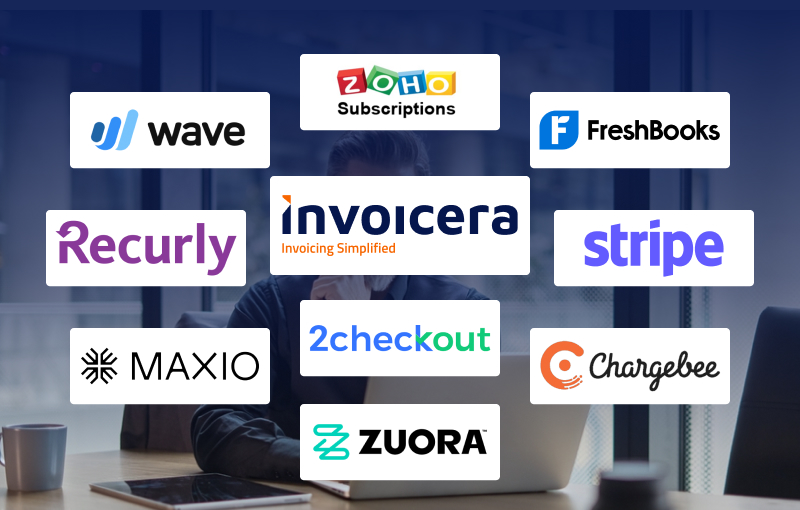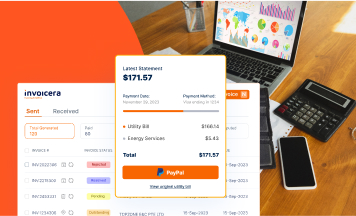How often people have talked about the benefits that enterprises and businesses can derive from e-invoicing and streamline their invoicing process. Therefore, we now do from various survey reports and experiences that advantages of using online invoicing for SME’s are stupendous. But are these advantages limited to businesses or service providers only? I suppose not. There are numerous freelancers working either full-time or part-time and struggling to cash in on payments they deserve. Chasing down outstanding payments is where their most of the time is chewed up.
Being a freelance web designer might seem an easy job on the face of it. Though there is no denying the fact that they have the liberty to be more relaxed and greater ease, but nothing comes without responsibility. And with responsibility comes accountability. If these freelancers spend most of the day sending out invoices and tracking down payments, they have to compromise of their income generating work. Invoicing is most definitely a necessity for freelancers, but it is also a process that can be vastly improved upon. Here’s why freelancer web designers should consider the use of online invoicing for their invoicing practices:
- Standardized invoicing and custom communication – One of the biggest advantages of sending online invoices are that they provide standard invoice templates. This might sound least important but helps you score points through a set pattern of invoices. So whenever you invoice your client the standardized invoice design lets him know from whom the invoice has come, thereby, establishing a distinguished image of yours. Another aspect that hugely benefits freelancers is custom communication. Though you can have a basic terms and conditions for the payments, there are some regular clients with whom you share better relationships. For them you can modify your set of T&C and adopt a more liberal approach. There is not a lot one has to do as even the most basic invoicing applications facilitates simple and quick invoicing.
- Reduce payment cycle and resolve disputes quickly – Very seldom freelancers would come across clients who are ready to reward them with timely payments. But most of them will wait for the invoice, which means no invoice no money. The longer you take to send invoice it is less likely that you will receive the payment. This is where online invoice applications come in handy. As soon as the invoice becomes due the late fee is added to the total amount and repeated reminders are sent for making payments. Also the option to make payments online adds to reduced payment cycle. The disputes can be settled far more quickly than otherwise.
- Present professional invoices – The manner in which a bill is received by a client speaks volume about the sender. Your invoice is the only thing that describes you at that point in time. A well designed and detailed invoice contributes to how professional you are, apart from resulting in timely payments. This is where online invoicing outscores traditional invoices.For most freelancers, a professional invoice includes at least most of the following:
- Date of invoicing
- A unique invoice/estimate number
- Your name and contact information
- Client’s name and contact information
- Description of services or products broken down into specific charges
- Date the project was delivered
- Total amount charged
- Acceptable methods of payment
- Due date and information about late fees
I hope this post does help freelancers to identify and plug the loopholes in their invoicing process. Implementing these practices will surely make the difference.







